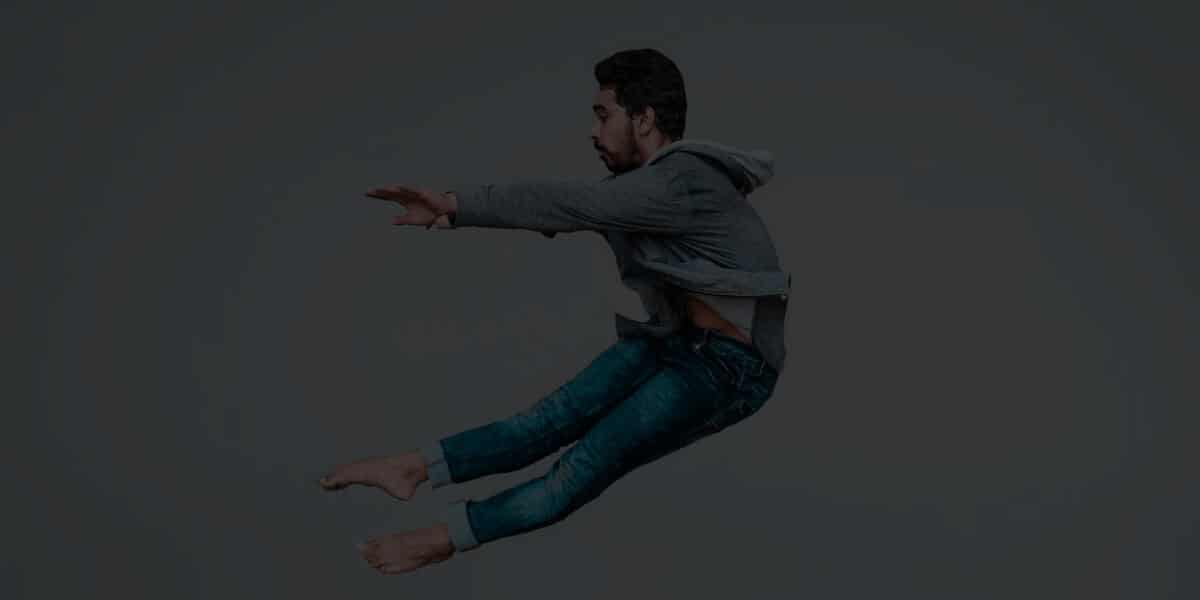For those of us who grew up in the golden age of the American sitcom, one that stands out is Will Smith’s launching pad into the Hollywood stratosphere – the Fresh Prince of Bel Air. For all the show’s idiosyncrasies, arguably the first one that comes to mind is the ‘Carlton dance’. This dance, though only encompassing two moves, has seen a resurgence in pop-culture recently. Firstly, it became a popular GIF on Facebook and made the momentous leap into meme-consciousness. In recent times, it’s come to our attention once again, this time because its creator is suing Fortnite for copyright infringement.
What Did Fortnite Do?
Alfonso Ribeiro, the actor who portrayed the iconic Carlton Banks, has filed a suit to prevent Epic Games (the company which develops Fortnite) from using the move as a purchase for Fortnite players. Ribeiro is also seeking damages for copyright infringement. Interestingly, Ribeiro isn’t alone in his mission – another rapper and the ‘backpack kid’ are suing Fortnite for the same reason.
Copyright Background
Copyright is a method of protecting intellectual property by granting the creator exclusive rights to its use. It encourages original ideas by having measures in place to prevent others from using, reproducing or copying your work. Copyright extends to literary, artistic, dramatic and musical works, as well as sound recordings, cinematography, television, sound broadcasts and computer programmes. Copyright protection typically lasts during the life of the creator, plus 25-70 years after. However, it does not last indefinitely.
Copyright does not protect the actual ideas but their original expression. For example, copyright will not protect the idea for a film but will protect a written script for a film. Although, in Australia, copyright is automatically covered under statute by the Copyright Act the second it is manifested in material form and is original (ie. not copied). Therefore, there is no registration requirement like trademarks, or obligation to formally publish the work or place a copyright notice on it. Accordingly, there is no need for the © symbol to protect your work.
Can You Copyright a Dance Move?
Copyrighting a dance move is possible if it is original and has been manifested in material form. This means that it requires more than you simply doing the dance. You’d need to film or write down the move, as was the case with Ribeiro’s dance. But this is where it gets complicated. It is difficult to say, or rather prove, that Ribeiro was the original creator of the move. To prevent argument that a choreographer created the move, Ribeiro needs to prove that he is the true original owner.
US copyright law is similar to Australia, where choreography is protected under the American Copyright Act. Although the US’ copyright infringement stipulations are quite rigorous. Dance moves often resemble a likeness from each other. In this case, there was evidence of Ribeiro’s move being similar to Eddie Murphy’s and Bruce Springsteen’s. Moreover, timing is an important factor in copyright. As Fortnite uses a short repeated sequence of the dance it has been argued that it is not original, but case law has noted that certain incredibly short printed words in newspaper articles are able to attract copyright, so timing may not be an issue.
The US Copyright Office has indicated that short dance moves, irrespective of their originality and creativity, won’t attract copyright. But this is a peculiar case and will ultimately fall on the decision of the Court and the persuasiveness of Ribeiro’s lawyer.
Need more information? Contact a LawPath consultant on 1800 529 728 to learn more about customising legal documents and obtaining a fixed-fee quote from Australia’s largest legal marketplace.






